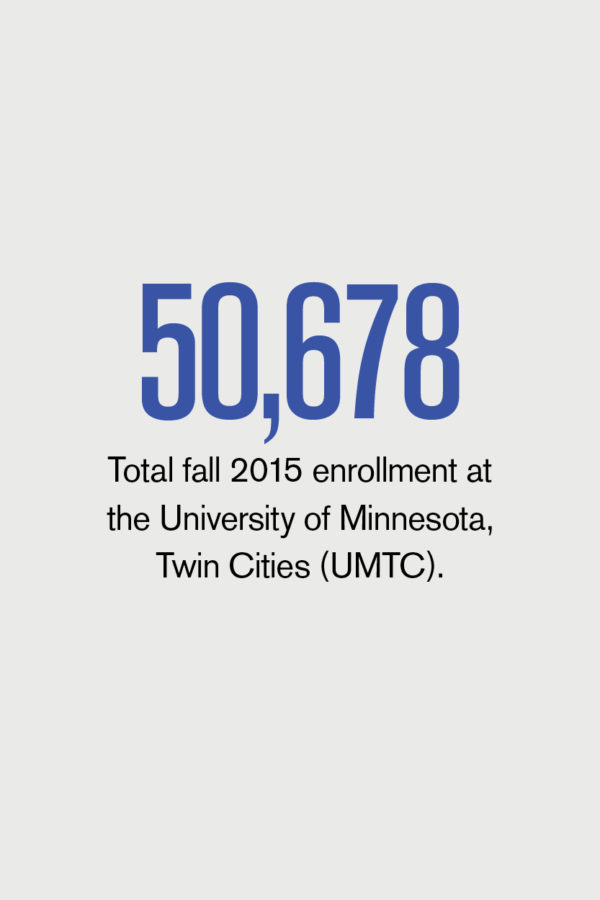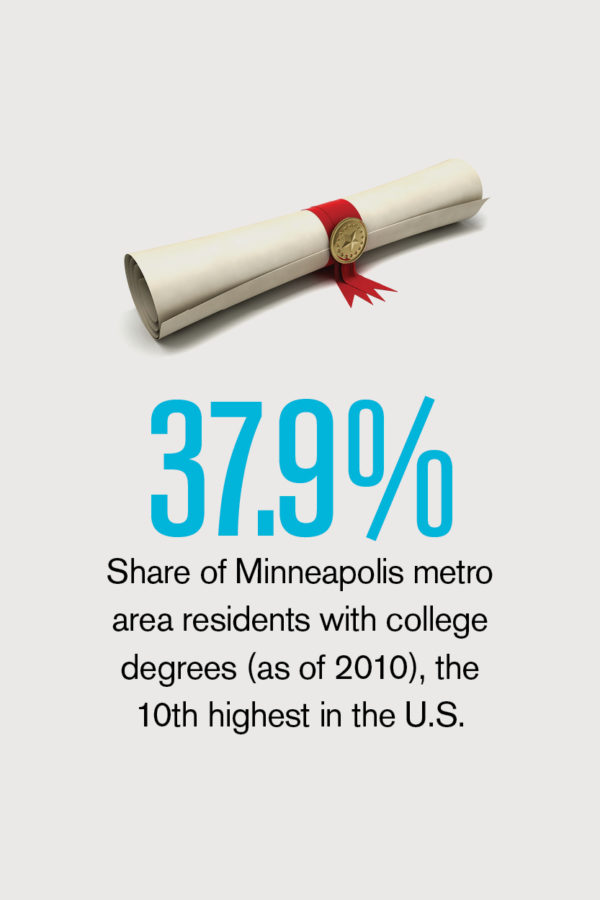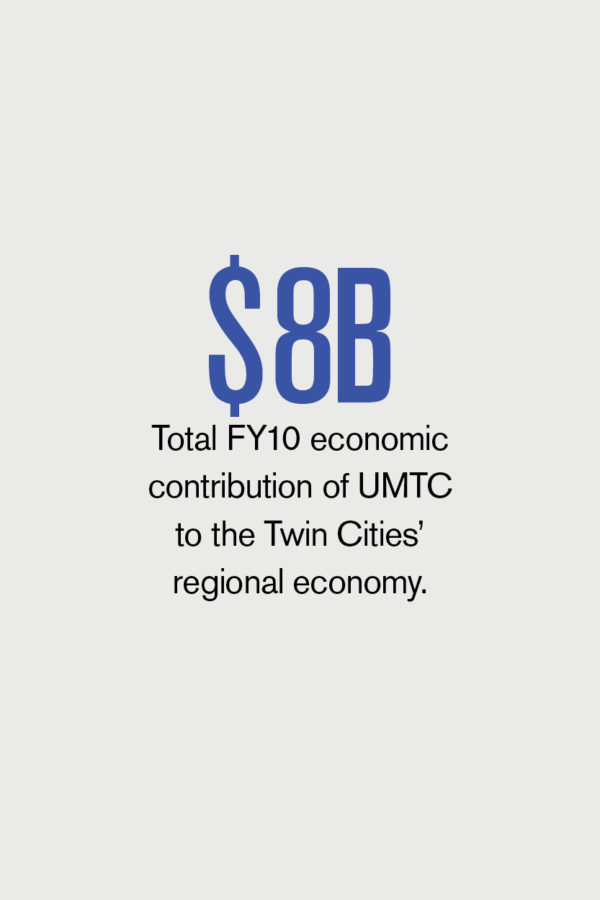Whether a higher education institution is composed of one campus or 20, completing repair and renovation projects on time and on budget is a constant concern. Challenged by diminishing budgets and reduced staff, institution leaders have increasingly opted to supplement traditional procurement methods with streamlined and more efficient processes.
To that end, colleges and universities of all sizes have chosen to implement job order contracting for completing their campus projects. Since its inception in the 1980s, job order contracting has grown from a novel idea to a generally accepted procurement tool that can save both time and money.
Job order contracting reduces procurement time and project costs by eliminating the time, expense, and administrative burden of completing the normal design-bid-build cycle for each project, thus delivering quality construction more quickly and cost effectively.
How Does It Work?
Job order contracting is an indefinite delivery, indefinite quantity procurement method that enables campus decision makers to complete a large number of straightforward repair and renovation projects under the auspices of a single, competitively awarded contract. The traditional bidding process can take too long for scheduled repair and renovation work or high-priority or time-sensitive projects. Job order contracting is also well suited for replacement-in-kind projects, such as replacing roofs, windows, or doors.
Contractors bid an adjustment factor to be applied to a unit price book containing preset unit prices for a variety of construction tasks, such as a square foot of painting, a square foot of ceiling tile, door repair, and so on.
Scheduling and Spending Benefits
In higher education, schedules and start dates for projects need to be flexible. Also, the list of required projects and their associated costs may exceed the available funds; so projects must be prioritized, meaning the price must be known in advance. This is difficult to accomplish with traditional construction procurement methods, but job order contracting minimizes the problems associated with these two objectives.
First, the schedule is flexible. The contractor will be paid the fixed price whether the work is started on Monday or a week from Monday. Second, the contractor can prepare well in advance the price of proposals for a series of projects, allowing the institution to determine which work can be accomplished with the available funds.
Expedited Renovating and Remodeling
Here are two examples of institutions that streamlined renovation and remodeling projects using job order contracting:
Pennsylvania State University—student housing renovation project. This initiative included a full interior renovation and remodel that had to be completed prior to student arrival in the fall semester. The designer and contractor, who worked on previous phases of the project, were able to come together and bring their insights, knowledge, and collaboration to this remodel phase as well.
Facilities Contract Administration Specialist Jesse Wells gives some insight into his experience on this project: “A collective of individuals—myself, the project manager, and the design professional—felt that job order contracting was the best route to go for this project, and it worked well.”
He adds: “The ability to get the contractor on board early is one of the biggest benefits of job order contracting. We have better, more trusting and collaborative relationships with our contractors because they know what we want and are more inclined to notify the owner and design team of potential errors and omissions in the original project drawings.”
In this case, the traditional design-bid-build process would have taken too long to award. With job order contracting, the housing renovation project was completed on schedule, despite having to order materials that had a long lead time.
University of Illinois at Urbana-Champaign—renovation and alteration project contracts under $250,000. When compared to the traditional capital programs procurement process, job order contracting enables the University of Illinois at Urbana-Champaign to expedite the design and pricing process for facility renovation and alteration projects for contracts valued at less than $250,000.
According to Associate Director of Construction Services David J. Dowler, “As one of three delivery methods available for small construction projects on campus, job order contracting has been well received by departments and units in support of programmatic needs as it consistently meets their budgets and schedules.”
Job order contracting has provided the Urbana campus with price proposal accuracy by incorporating defined unit pricing. The firm unit pricing also keeps any change order pricing in line and allows the university to receive 100 percent of the pricing back in a credit for deductive changes.
As an alternative project delivery option, job order contracting provides both universities with flexibility and transparency while enabling them to quickly complete campus projects on time and within budget.
Getting Started
Is job order contracting right for your institution? When implementing such a program, pay particular attention to these areas:
- Set clear goals and expectations upfront. Collaboration during the planning process is key. The design team, project managers, facility directors, and purchasing directors, should work together in setting clear expectations and goals upfront.
- Make sure cost data is accurate. Accurate, local cost data for labor, material, and equipment cost is essential in providing precise estimates. This will help to avoid cost overruns down the line.
College and university campuses have found the job order contracting process to be flexible and transparent, a perfect complement for the unique set of scheduling and funding needs of institutions of higher learning. The adaptability and ease of use of this alternative procurement method has led to its widespread adoption among colleges and universities across the nation.
SUBMITTED BY Dave Rasberry, an enterprise account executive at Gordian, an international facilities support services company, based in Greenville, S.C.














